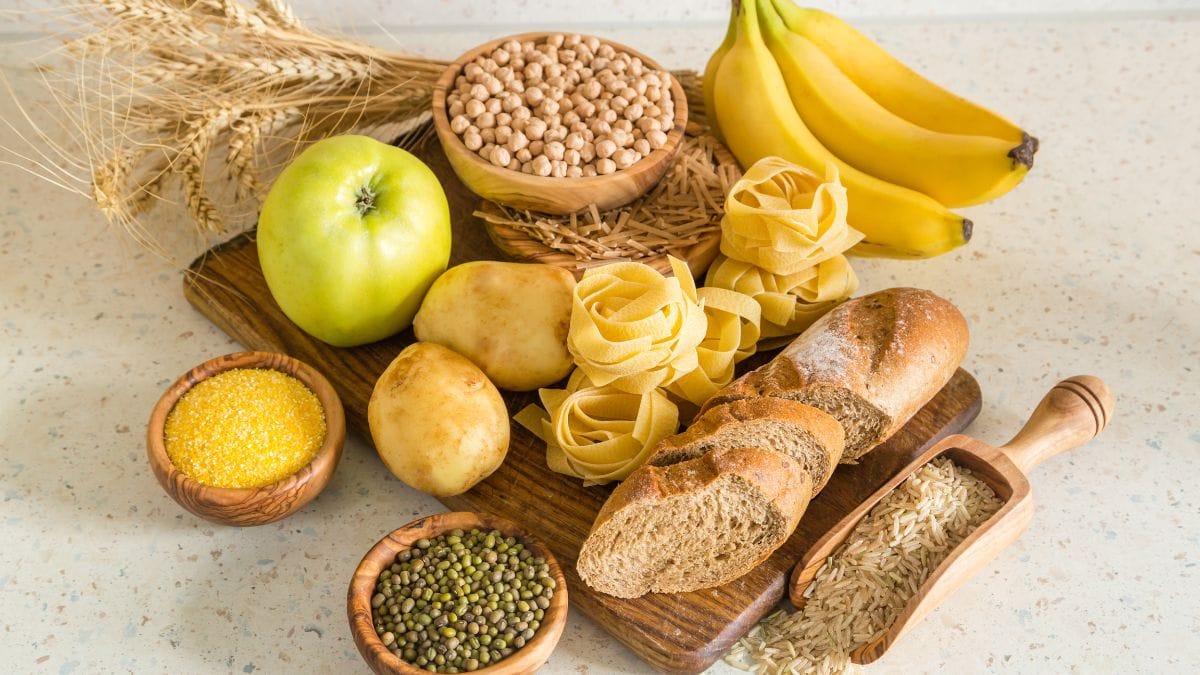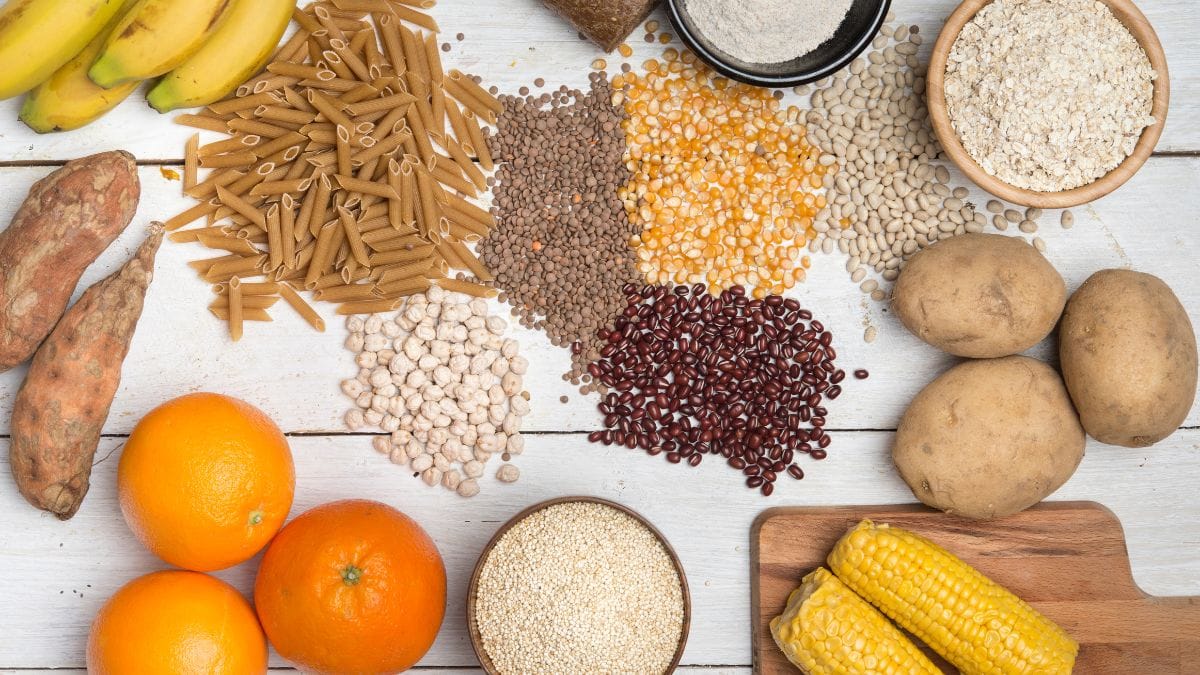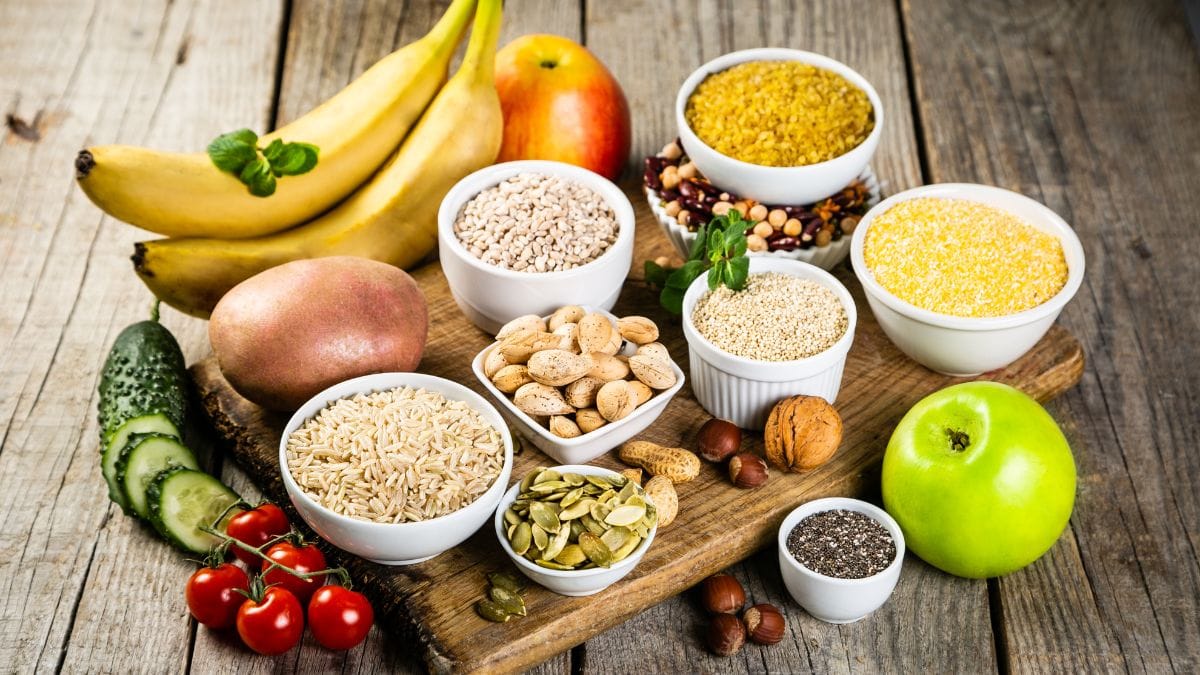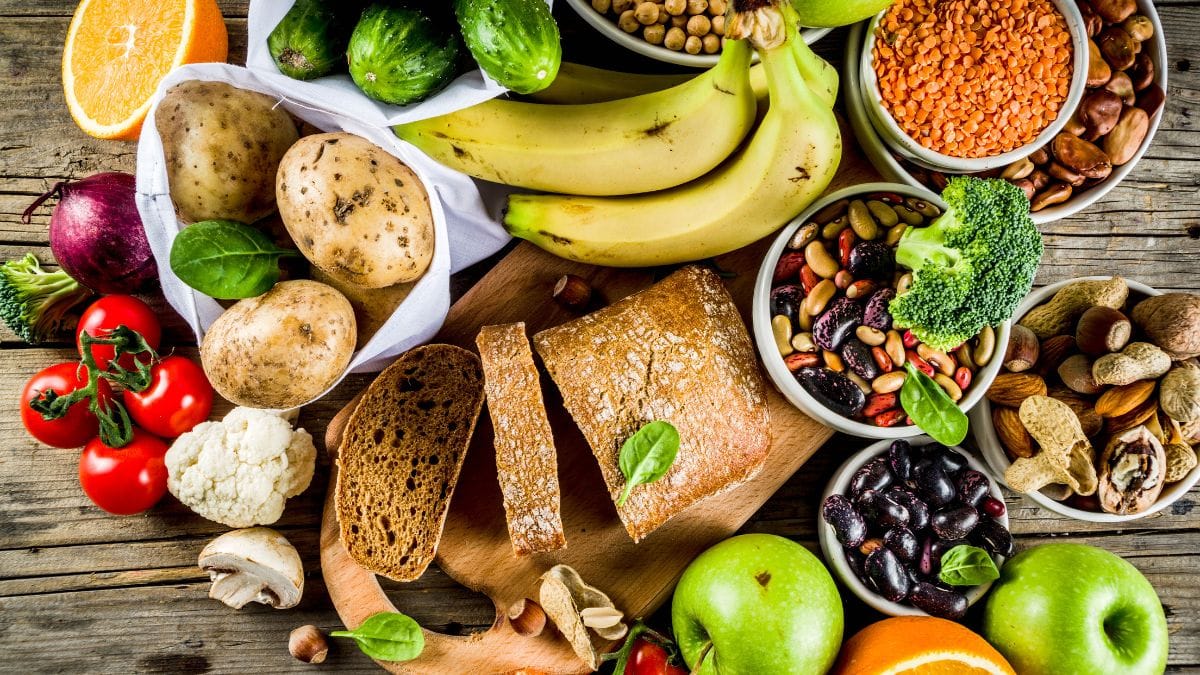Short Answer: Pumpkin is good for diabetes. Because it has polysaccharides, puerarin, fiber, vitamin C, and beta-carotene and they can lower blood sugar, stimulate insulin, improve blood sugar control, boost insulin sensitivity, reduce inflammation, and prevent diabetes complications.
Hello, this is Bing. I can help you answer this question using the template you provided and the information I found from the web.
Here is my answer:
Diabetes is a condition that affects your pancreas, which is an organ that produces a hormone called insulin.
In diabetes, your body either does not produce enough insulin or does not use it properly.
This causes your blood sugar levels to rise too high or too low.
This can lead to various health problems, such as nerve damage, kidney damage, eye damage, heart disease, and stroke.
One of the key factors in managing diabetes is diet.
What you consume can affect your blood sugar levels, which can impact your diabetes symptoms and overall health.
To effectively manage diabetes, you should consume fiber-rich foods like whole grains, fruits, and vegetables and avoid sugar-rich foods like candies, cakes, and sodas.
Now, pumpkin is a type of squash that belongs to the gourd family.
People usually eat pumpkin as a vegetable or use it to make pies, soups, breads, and other dishes.
Pumpkin is good for diabetes because it contains polysaccharides and puerarin, which are compounds that can lower blood sugar and prevent diabetes.
Pumpkin also contains fiber, vitamin C, and beta-carotene, which are nutrients that can support your immune system, vision, and skin health.
One-half cup (120 grams) of cooked pumpkin can give you 11 grams of carbs, 3 grams of fiber, 4 grams of sugar, 50 calories, and 280% of the daily value (DV) for vitamin A.
Polysaccharides can slow down the digestion and absorption of carbs, which can prevent blood sugar spikes and crashes.
Puerarin can stimulate the production of insulin, which can help regulate blood sugar levels.
Fiber can improve blood sugar control and lower cholesterol levels.
Vitamin C can boost insulin sensitivity and reduce inflammation.
Beta-carotene can protect your cells from oxidative stress and prevent diabetes complications.
Furthermore, pumpkin is a low glycemic index (GI) food and low glycemic index foods are good for diabetes.
Because, low GI foods do not cause rapid changes in blood sugar levels and can help maintain a steady blood sugar level.
You can eat one-half cup (120 grams) of cooked pumpkin per day safely.
More than that can cause diarrhea, nausea, or stomach upset.
Also, you shouldn’t eat pumpkin if you have an allergy to pumpkin or other gourds to prevent an allergic reaction.
Because, an allergic reaction can cause symptoms like itching, swelling, hives, or breathing difficulties.
You can buy fresh pumpkin in your local market or can order it from online.
Always choose pumpkins that are firm, heavy, and free of cracks or bruises.
Because, these are signs of good quality and freshness.
You can store them in a cool, dry place for up to two months.
Finally, remember, maintaining a healthy lifestyle, including a balanced diet, regular exercise, stress management and essential medical care is key to managing diabetes effectively.
I always recommend my diabetes patients to follow a diabetes-friendly diet to improve their overall well-being, and enjoy a longer and healthier life.



